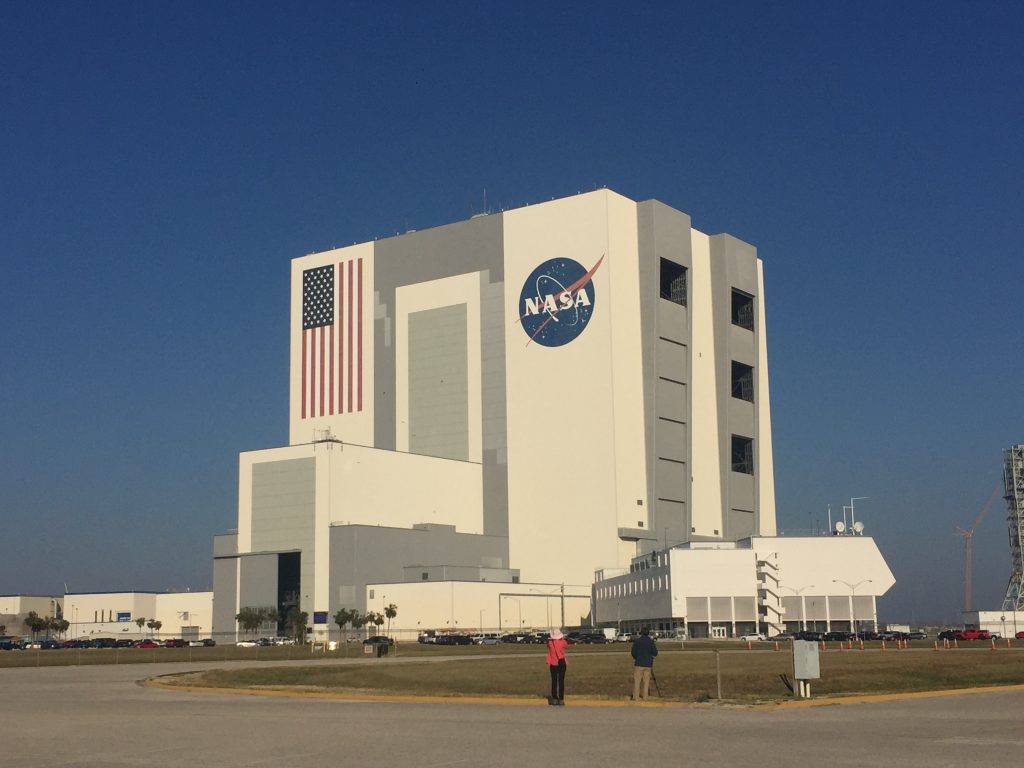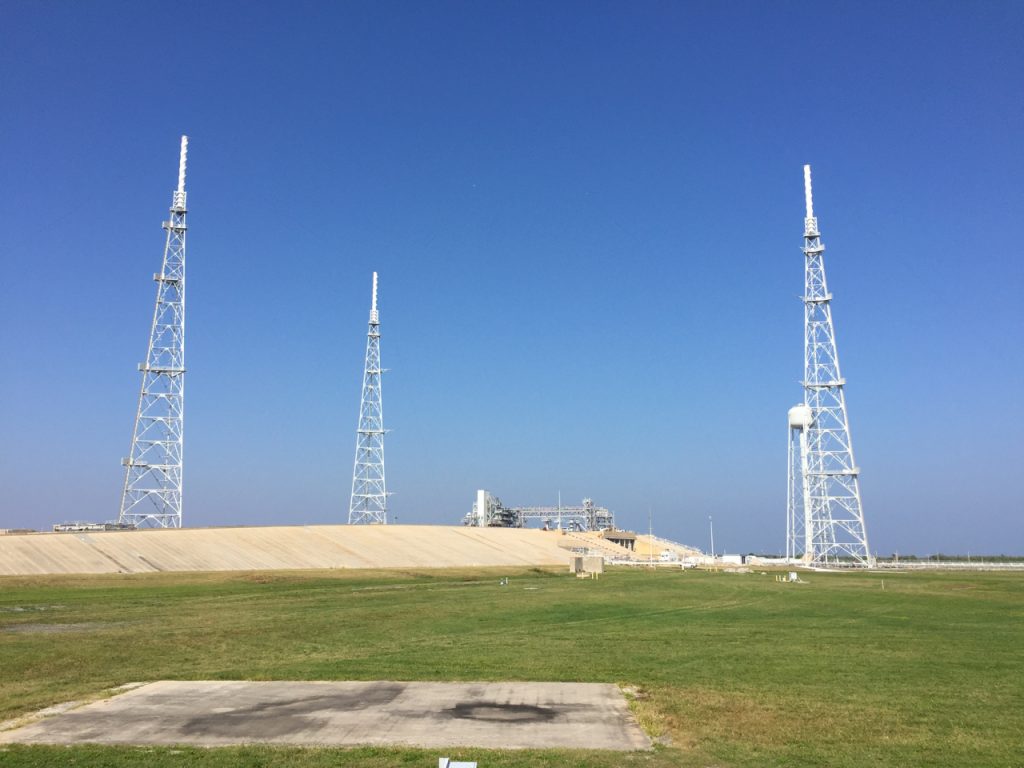17 November 2016
The View from the Top of the VAB at Kennedy Space Center is Amazing!
Posted by Dan Satterfield

The VAB is where the Apollo Moon rockets and the Space Shuttles were put together for launch.
All looks good for the launch of the GOES-R Weather Satellite Saturday evening at 5:42 PM. I am at the Kennedy Space Center as an invited guest to watch the launch, and today we had the rare opportunity to see the famous VAB building. The video below is from the roof, what an amazing view!
I chatted with one of the Air Force weather meteorologists and they see no issues as far as the weather goes on Saturday. The Atlas rocket is not as susceptible to wind shear as some of the others, but wind shear is not likely to be an issue in any event. We should see sunshine Saturday, and the launch will happen just after sunset with the vehicle climbing into the sunshine as it leaves the atmosphere. Launches at this time of day are usually spectacular, and it should be quite a view!
Because GOES-R is headed for geostationary orbit (Nearly a tenth of the way to the Moon) it will take over 3 hours before we know that the booster worked and the Centaur engine has fired properly 3 times to get the vehicle at a height of over 19,000 nautical miles. It will then take 8 days to reach the final orbit of around 22,500 miles or over 36,000 km. At this height the GOES-R will orbit the Earth at the same speed as it rotates, thus seeming to hover over the same spot.
With GOES-R we will have images from space that are almost live, and as fast or even faster data than from the NEXRAD weather radars. I’ve written a lot about GOES-R because it truly is the beginning of an era. The Atlas rocket may look expensive, but it’s just an old pickup pushing a Rolls Royce. If the engine breaks, the Rolls goes over a cliff. Nobody cares much about the pickup unless it breaks. It’s exactly the same with the GOES-R booster and satellite. It took millions of dollars and decades of research to build these instruments, so it will be a tense three hours Saturday evening, as GOES climbs into a very high orbit. The old pickup has to work, but it is one of the most reliable launch vehicles!
I’ll be sweating it too, because I was present here at KSC for the launch of the GOES G on 3 May 1986. The Delta booster failed and I watched it fall into the Atlantic.
I also had a chance to visit Pad 39-A today, where preparations are underway for the SLS Orion system that will take humans into deep space for the first time since Apollo. That may happen as soon as December 2018.

Pad 39-A was the site of Apollo and Shuttle launches but is now being rebuilt to launch humans into deep space on the SLS/Orion system. Those towers are full of instrumentation to measure lightning, wind and temperatures. It may be the most densely monitored spot on Earth!


 Dan Satterfield has worked as an on air meteorologist for 32 years in Oklahoma, Florida and Alabama. Forecasting weather is Dan's job, but all of Earth Science is his passion. This journal is where Dan writes about things he has too little time for on air. Dan blogs about peer-reviewed Earth science for Junior High level audiences and up.
Dan Satterfield has worked as an on air meteorologist for 32 years in Oklahoma, Florida and Alabama. Forecasting weather is Dan's job, but all of Earth Science is his passion. This journal is where Dan writes about things he has too little time for on air. Dan blogs about peer-reviewed Earth science for Junior High level audiences and up.